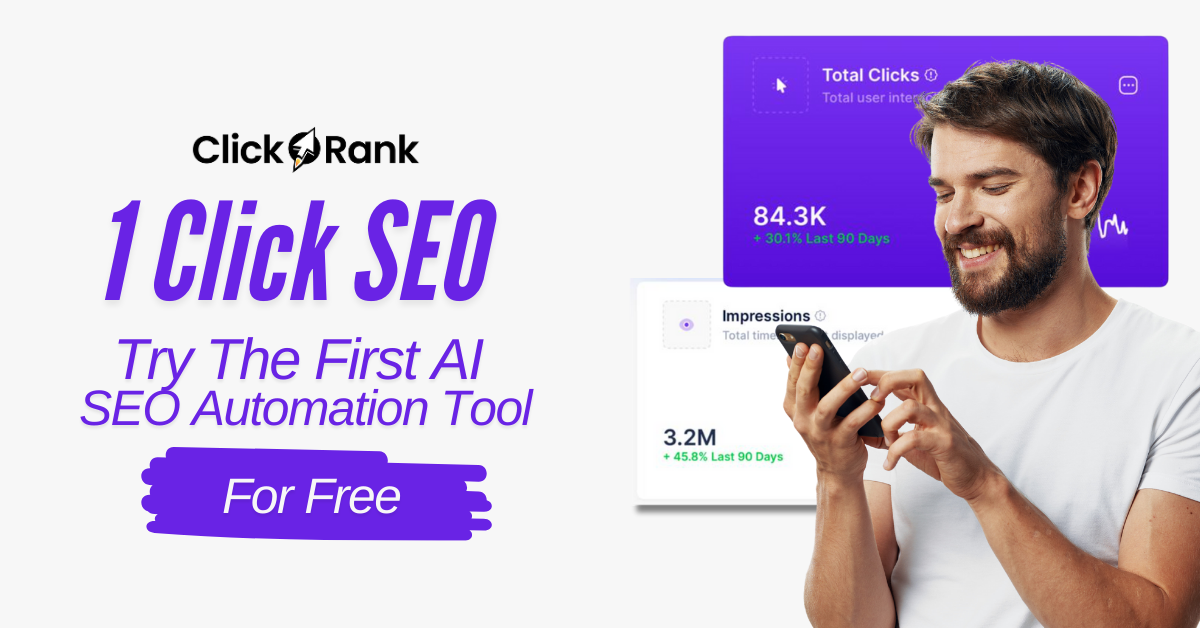Picture this: It’s midnight, your phone buzzes, and a new restaurant opens down the street. Of course, you look it up on Google. The site takes ages to load—you bail. Sound familiar? In 2025, your own website may be on the other end of that split-second decision. Mixing personal experience with the latest SEO quirks, let’s dive into how technical details, human trust, and a few wild missteps can decide your fate on Google’s local map. Because, honestly, sometimes it’s the little things that unravel all your hard work.
Core Web Vitals: The Secret Local Ranking Sauce
If you want to climb the Google local rankings in 2025, you can’t ignore Core Web Vitals. These aren’t just buzzwords—they’re the secret sauce that can take your site from invisible to irresistible in local search. The best part? Even small businesses can make big gains with a few simple tweaks.
What Are Core Web Vitals? (In Plain English!)
Core Web Vitals are three simple measurements Google uses to judge your website’s user experience. Here’s what they mean for your local SEO:
- LCP (Largest Contentful Paint): How long does it take for the biggest thing on your page (like a hero image or headline) to load? Faster is always better.
- FID (First Input Delay): How quickly can someone interact with your page? Think: clicking a button or filling out a form. No one likes to wait.
- CLS (Cumulative Layout Shift): Does stuff on your page jump around as it loads? That’s a big no-no. Stable pages keep visitors (and Google) happy.
Why Do Core Web Vitals Matter for Local SEO in 2025?
Since Google’s late 2023 updates, Core Web Vitals have become a key ranking factor for local businesses. If your site loads slowly or feels clunky, you’ll slip down the local search results—even if your competitors are bigger brands. As SEO expert Lily Ray puts it:
“Focusing on load speed and interacting elements gives small businesses an edge locally.”
Small Fixes, Big Ranking Wins
Here’s the good news: you don’t need a tech team or a huge budget to improve your Core Web Vitals. In fact, some of the most effective fixes are surprisingly simple:
- Compress your images: Large, unoptimized images are the #1 site speed killer. Use tools like TinyPNG or built-in WordPress plugins to shrink them down.
- Clean up your code: Remove unused plugins, scripts, and widgets. Less clutter means faster loading.
- Add lazy loading: This makes images and videos load only when someone scrolls to them, speeding up the initial page load.
- Use a fast, reliable hosting provider: Cheap hosting can slow your site to a crawl. Invest in quality.
Real-World Proof: From Page 4 to Page 1
Let me share a quick story. One of my clients—a local bakery—was stuck on page 4 for “best cupcakes near me.” Their mobile site crawled, especially on older phones. We compressed their images, cleaned up some old code, and enabled lazy loading. Within two weeks, their Google local rankings shot up to page 1. The only thing we changed? Core Web Vitals.
Core Web Vitals aren’t just for big corporations. With a few smart moves, your small business can see outsized results—faster site speed, happier visitors, and a real boost in local SEO for 2025.

User Experience: When The Small Stuff Wrecks Everything
Let’s be honest: the tiniest website annoyances can send your customers running—often before you even know there’s a problem. In the world of SEO for small business, these “micro-annoyances” are silent killers. You might have the best products or services in town, but if your website is a pain to use, people will bounce faster than you can say “local rankings.”
Micro-Annoyances: The Silent Engagement Killers
Ever landed on a site where a popup blocks the whole screen, or the menu is so confusing you can’t find the hours of operation? These little frustrations add up. Google’s local algorithms notice when visitors leave quickly (high bounce rate) or don’t interact with your site. Even one broken button or slow-loading image can quietly destroy your hard-earned SEO gains.
Here’s a quirky example: My cousin tried to book a haircut at her favorite salon. She found the site, chose a time, but the “Book Now” button didn’t work on her phone. After three tries, she gave up—and booked with a competitor. That’s a real sale lost over a single broken mobile button.
Why User Experience Matters for Local Businesses
Positive UX for local businesses isn’t just about looking good. It’s about making your site easy, fast, and pleasant to use. When people enjoy their visit, they stay longer, leave reviews, and actually make bookings or purchases. Google pays attention to these signals. As SEO expert Aleyda Solis puts it:
‘Google is obsessed with making searchers happy—your website should be, too.’
If your site is slow, confusing, or buggy, you’re not just losing customers—you’re telling Google your business isn’t the best choice.
5-Minute UX Checklist for Local Owners
Ready to “de-weird” your site? Here’s a quick user experience tips checklist you can run through in just five minutes:
- Test on Mobile: Open your site on your phone. Can you easily click buttons, read text, and navigate menus?
- Check for Popups: Are there any popups blocking content or making it hard to browse?
- Find Your Contact Info: Is your phone number, address, and hours easy to spot on every page?
- Try a Booking or Contact Form: Fill out your own form. Does it work smoothly? Any confusing steps?
- Speed Matters: Does your homepage load in under three seconds? If not, consider compressing images or removing unnecessary scripts.
These small fixes can make a huge difference. Maximizing usability isn’t just a “nice to have”—it leads to more reviews, repeat visits, and actual bookings or sales. In 2025, user experience tips are the backbone of SEO for small business success.

Building Trust and Authority (Without Sounding Like a Robot)
Let’s face it—nobody wants to buy from a faceless website. In 2025, Google’s local SEO game is all about trust building online, and that means showing you’re a real, reputable business. The secret sauce? E-A-T guidelines: Expertise, Authoritativeness, and Trustworthiness. Don’t worry, we’ll keep it simple and jargon-free.
What Is E-A-T? (Plain English Version)
- Expertise: Show you know your stuff. If you’re a bakery, talk about your sourdough secrets or your pastry chef’s credentials.
- Authoritativeness: Prove others trust you. Display local awards, certifications, or media mentions. Even a “Best of Main Street” badge goes a long way.
- Trustworthiness: Make people feel safe. Use real photos, clear contact info, and honest reviews. No stock photo smiles—show your actual team!
Simple Ways to Build Trust (That Google and People Notice)
- Owner Bios: Add a friendly bio with a real photo. Tell your story—why you started your business, your ties to the community, and what you love about your work.
- Local Awards & Recognition: Did you win “Best Coffee Shop” or get featured in the local paper? Flaunt it! These trust signals are easy for both Google and neighbors to spot.
- Real Stories & Behind-the-Scenes: Share what happens in your shop. Post a quick video of your team prepping for the morning rush or arranging flowers for a wedding.
- Customer Reviews: Showcase genuine reviews—good and bad. Respond politely to criticism. This shows you care and are actively engaged.
- Local References: Mention nearby landmarks, events, or partnerships. This roots your business in the community and signals local relevance to Google.
Mini-Case: The Florist Who Bloomed Online
Take the story of Petal Pushers, a neighborhood florist. They started posting short behind-the-scenes videos—showing how bouquets are made, introducing their delivery driver, and even sharing a few flower mishaps. Within weeks, their site saw a spike in local traffic, and foot traffic picked up too. Customers mentioned the videos, saying they felt like they “knew the team.” Flowers flew off the shelves, and Google rewarded them with higher local rankings. That’s E-A-T in action—no robots required.
“Authenticity breeds trust, which breeds rankings.” – Marie Haynes
Humanize Your Site—It’s Good for SEO Content Quality
Google’s E-A-T guidelines aren’t just about keywords or technical tweaks. They’re about proving you’re a trustworthy local business. Use real photos, share your story, and highlight your community involvement. These trust-building moves are visually simple, quick to implement, and powerful for both your neighbors and your search rankings.

Wild Card: If Google Were a Nosy Neighbor…
Imagine your business is a house in a tight-knit neighborhood. Now, picture Google as that ultra-observant neighbor—the one who notices everything. Not just the big stuff, like a fresh coat of paint or a new sign, but also the little things: the flowers in your window box, the way you greet passersby, or whether your porch light is always on. When it comes to Google local rankings, this nosy neighbor approach is exactly how the algorithm works. Google isn’t just looking for a technically sound website; it’s peeking into every corner, searching for signs that your business is active, trustworthy, and genuinely part of the community.
Think about the details that make a real-world business stand out. Maybe it’s the handwritten “Welcome!” sign, the friendly staff bios on the wall, or the fact that your hours are always up to date—even on holidays. Online, these translate to small but mighty signals: regularly updated business hours, quirky staff profiles on your About page, and fresh photos that show you’re not just another faceless listing. These touches might seem minor, but in the eyes of Google’s algorithm-neighbor, they’re proof that you care—and that you’re worth recommending to others searching for local solutions.
Reviews are another area where Google’s nosiness shines. Just as a neighbor might ask around about your reputation, Google scours reviews for authentic feedback. It notices if you respond to both praise and complaints, and whether your tone is helpful and human. A steady stream of positive, recent reviews—especially those mentioning specific services or staff—shows Google that your business is not only open, but thriving. It’s the digital equivalent of a busy, welcoming storefront that everyone in town seems to love.
Don’t forget about local community posts and events. If you sponsor a charity run, host a workshop, or share updates about local happenings, Google picks up on these signals. They tell the algorithm that you’re not just in the neighborhood—you’re part of it. These community connections can help future-proof your SEO for small business, making your site more resilient to algorithm changes and more appealing to both Google and real-life locals.
Ultimately, future-proof SEO is about more than ticking technical boxes. It’s about building trust, showing personality, and paying attention to the little details that matter both online and off. Just like impressing a picky neighbor, impressing Google means showing you care about your reputation, your customers, and your community. So, as you optimize for Google local rankings in 2025 and beyond, remember: every review, every update, every friendly touch counts. The algorithm is watching—so give it something to smile about.
TL;DR: Don’t let out-of-date SEO sink your local business. Focus on Core Web Vitals, human-friendly experiences, and credibility—these elements will shape whether Google (and real people) trust you in 2025.
You may be interested

